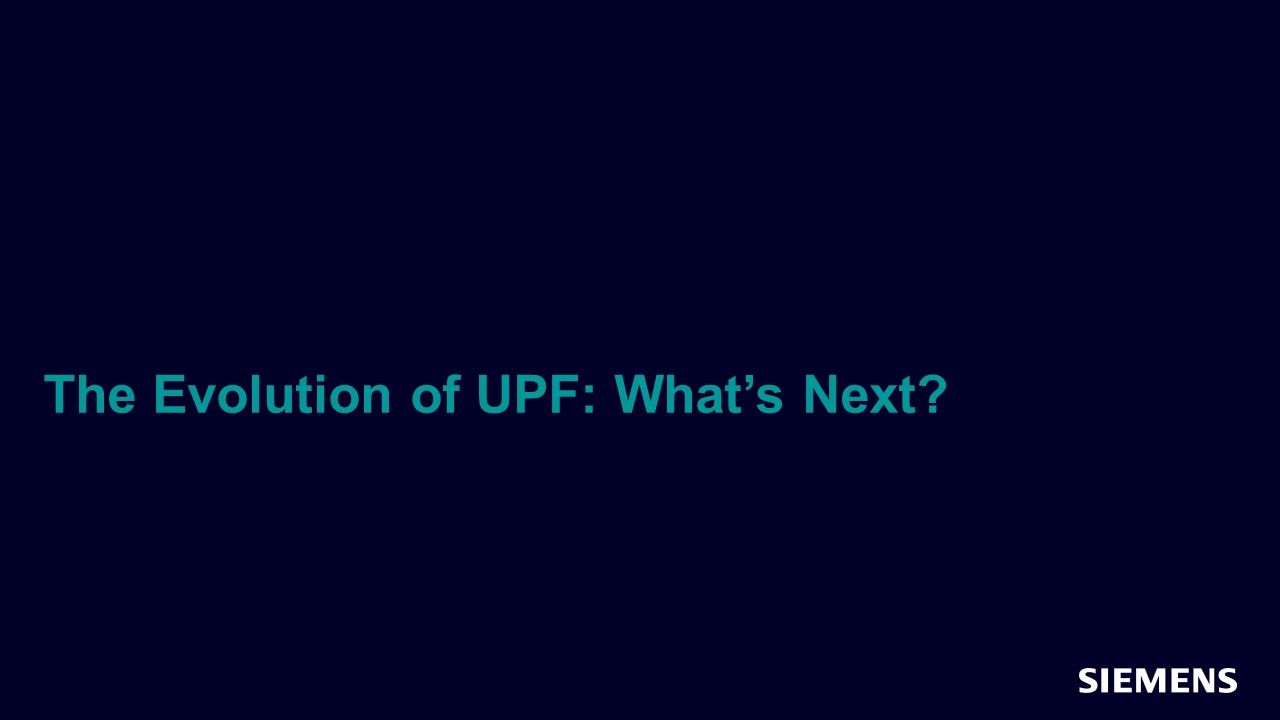The Evolution of UPF: What’s Next?
Usage of the Unified Power Format (UPF) is growing rapidly as low power design and verification becomes increasingly necessary. In parallel, the UPF standard has continued to evolve. A previous article1 described and compared the initial UPF standard, defined by Accellera, and the more recent IEEE 1801-2009 UPF standard, also known as UPF 2.0. The IEEE definition of UPF is the current version of the standard, at least for now, but that is about to change.

Full-access members only
Register your account to view The Evolution of UPF: What’s Next?
Full-access members gain access to our free tools and training, including our full library of articles, recorded sessions, seminars, papers, learning tracks, in-depth verification cookbooks, and more.